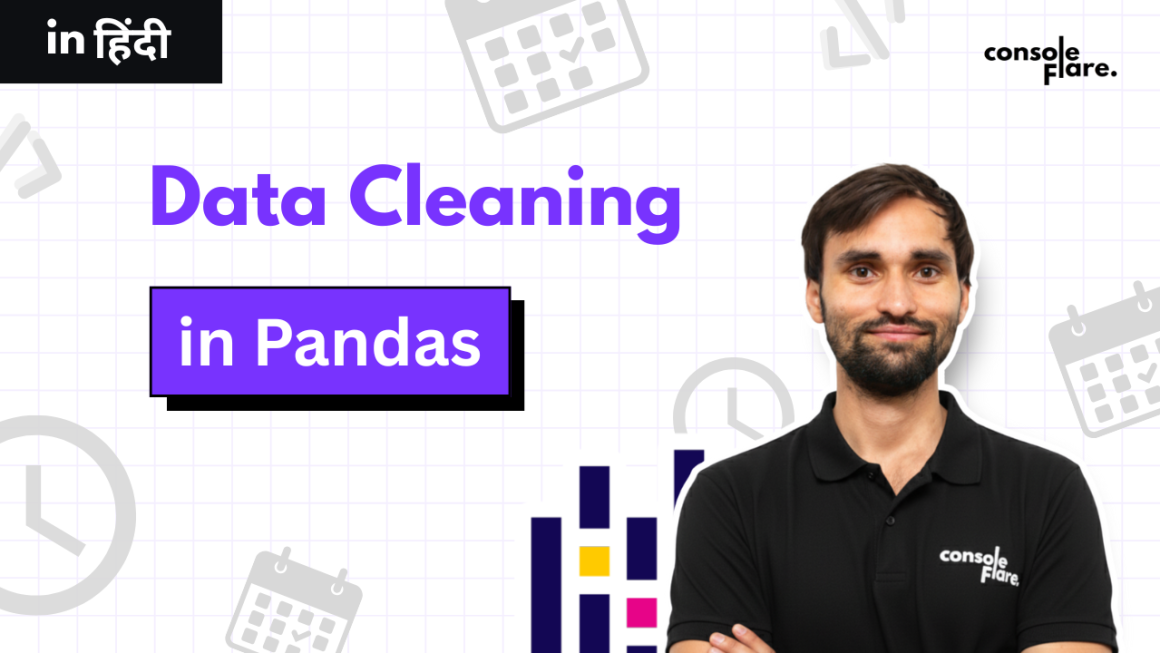In software industry for software development Object-Oriented Programming (OOP) Is widely used. Python support (OOP), and make it a more popular and demanding tool as Python is so versatile and highly used in organizations. In this content we will explore the fundamental features & concept of OOPs in Python, after this you will have a clear understanding of how to use this tool for Data Analysis and for other programming Tasks.
What is Object-Oriented Programming?
Object-Oriented Programming (OOP) is a programming paradigm that structures software design around objects. These objects are instances of classes, which act as templates that define both their characteristics (attributes) and their actions (methods). The primary goal of OOP is to enhance code modularity, reuse, and maintainability by modeling software components after real-world entities.
Basics of Object-Oriented Programming (OOP)
- Encapsulation: This concept involves putting all the related data and functions into one single unit (class). By encapsulation You can protect your sensitive data by preventing outside interference.
- Inheritance: Inheritance allows a Class to take over properties and behavior from another class. Actually it creates the hierarchy of classes. The derived class is known as sub class or child class..
- Polymorphism: Polymorphism is the main feature of OOP. It can process the data in different forms as Poly means Many and morphism stands for type. When we take the reference from the parent class to refer to the child Class then we use polymorphism in OOP.
- Abstraction: This concept we use when you need to keep the essential information and remove the unnecessary information. By abstraction you can hide unnecessary information and display only necessary information.
Why to Use OOP in Python?
Python is an easy and simple programming language. OOP has become very popular with Python because of its wide use and versatilty.
- Ease of Reading: Python syntax is easy to understand.Even beginners can learn easily.
- Reusability: Classes and objects programming facilitate the reuse and simplify the code.
- Extensibility: OOP helps to handle complexity, especially when we work on large data sets.
- Unification: Python’s OOP works well with a broad range of libraries which is very beneficial for data analysis tasks.
Basic Concepts of OOP in Python
1. Classes and Objects
A class serves as a template for generating objects, while an object is a particular realization of a class.
class Dog:
def __init__(self, name, breed):
self.name = name
self.breed = breed
def bark(self):
return f”{self.name} says Woof!”
# Creating objects
my_dog = Dog(“Buddy”, “Golden Retriever”)
print(my_dog.bark()) # Output: Buddy says Woof!
2. Encapsulation
Encapsulation controls the access to particular attributes of an object. Encapsulation give improve control and protection.
class Account:
def __init__(self, balance):
self.__balance = balance # Private attribute
def deposit(self, amount):
if amount > 0:
self.__balance += amount
return self.__balance
# Accessing private attributes through methods
my_account = Account(1000)
print(my_account.deposit(500)) # Output: 1500
3. Inheritance
Inheritance allows a Class to take over properties and behavior from another class.
class Animal:
def speak(self):
return “I make sounds”
class Cat(Animal):
def speak(self):
return “Meow”
my_cat = Cat()
print(my_cat.speak()) # Output: Meow
4. Polymorphism
Polymorphism is the main feature of OOP. It can process the data in different forms as Poly means Many and morphism stands for type.
def animal_sound(animal):
print(animal.speak())
class Dog:
def speak(self):
return “Woof”
class Bird:
def speak(self):
return “Chirp”
animal_sound(Dog()) # Output: Woof
animal_sound(Bird()) # Output: Chirp
5. Abstraction
This concept we use when you need to keep the essential information and remove the unnecessary information.
from abc import ABC, abstractmethod
class Shape(ABC):
@abstractmethod
def area(self):
pass
class Circle(Shape):
def __init__(self, radius):
self.radius = radius
def area(self):
return 3.14 * self.radius ** 2
circle = Circle(5)
print(circle.area()) # Output: 78.5
Applying OOP to Data Analysis
Creating Data Models with Classes
Classes show the real world structures in data analysis. eg datasets or records.
class Record:
def __init__(self, id, name, value):
self.id = id
self.name = name
self.value = value
def display(self):
return f”ID: {self.id}, Name: {self.name}, Value: {self.value}”
record = Record(1, “Temperature”, 98.6)
print(record.display()) # Output: ID: 1, Name: Temperature, Value: 98.6
Building Data Pipelines
OOP is an important tool while designing the reusable exponent for Data Pipeline.
class DataPipeline:
def __init__(self, data):
self.data = data
def clean_data(self):
return [item.strip() for item in self.data if isinstance(item, str)]
pipeline = DataPipeline([” data1 “, ” data2 “, None])
print(pipeline.clean_data()) # Output: [‘data1’, ‘data2’]
Visualization Tools
Use Class to create visualization logic which make the code very structured and well organized for reusability.
import matplotlib.pyplot as plt
class DataPlot:
def __init__(self, x, y):
self.x = x
self.y = y
def plot(self):
plt.plot(self.x, self.y)
plt.xlabel(“X-axis”)
plt.ylabel(“Y-axis”)
plt.show()
plot = DataPlot([1, 2, 3], [4, 5, 6])
plot.plot()
Conclusion
Object-Oriented Programming in Python improves the code and reusability. by understanding the OOP concept you will be able to design structure and well organized programs for any tasks. You can explore these concepts by enrolling in a course in Data Science with Console Flare.
For more such content and regular updates, follow us on Facebook, Instagram, LinkedIn





